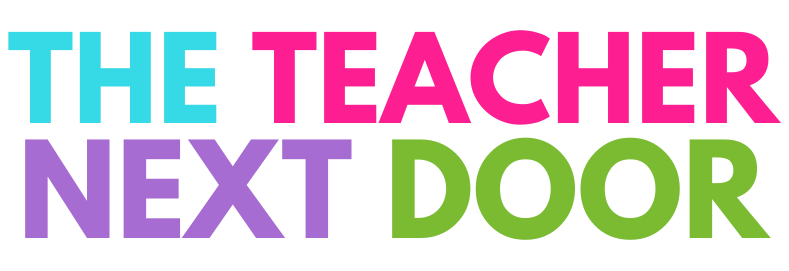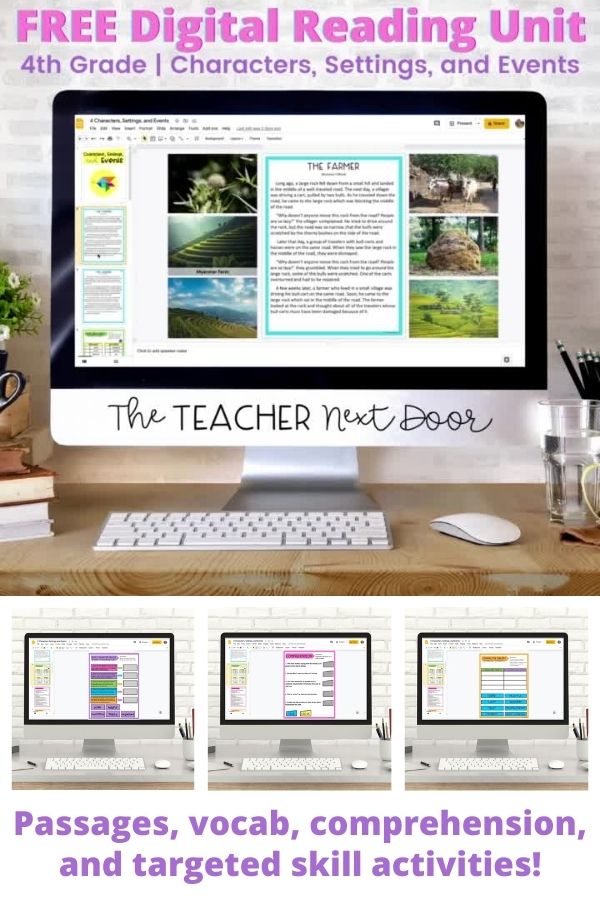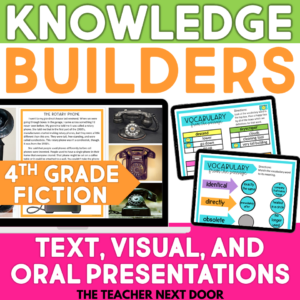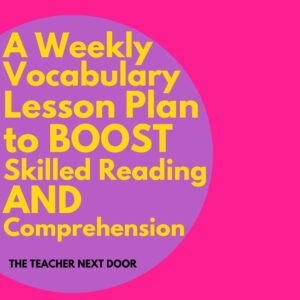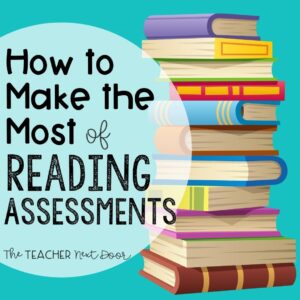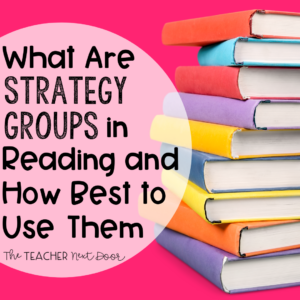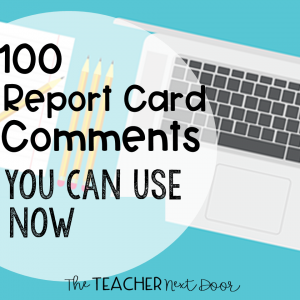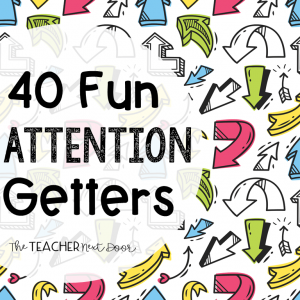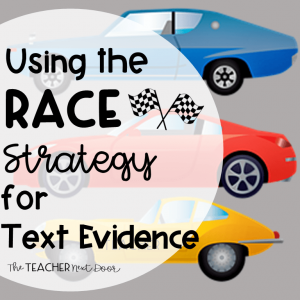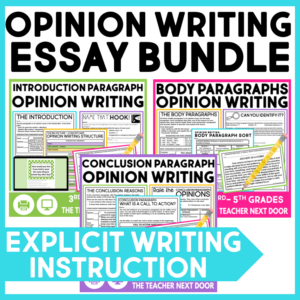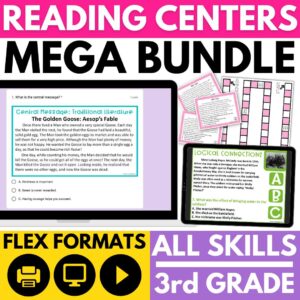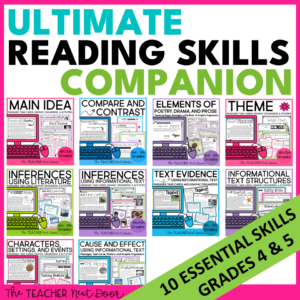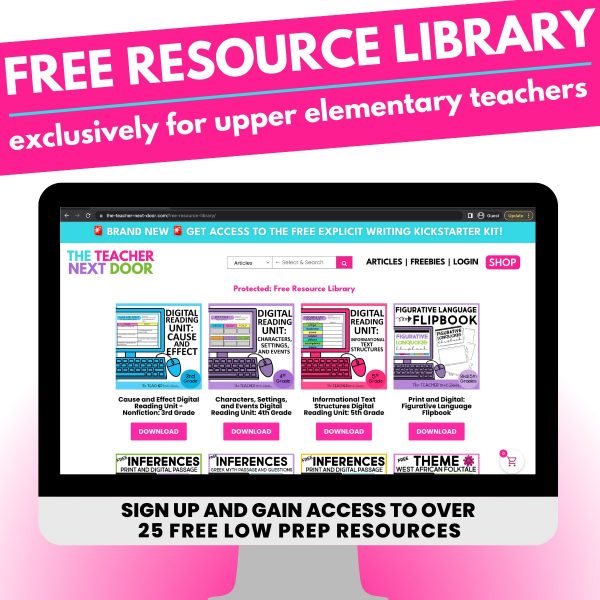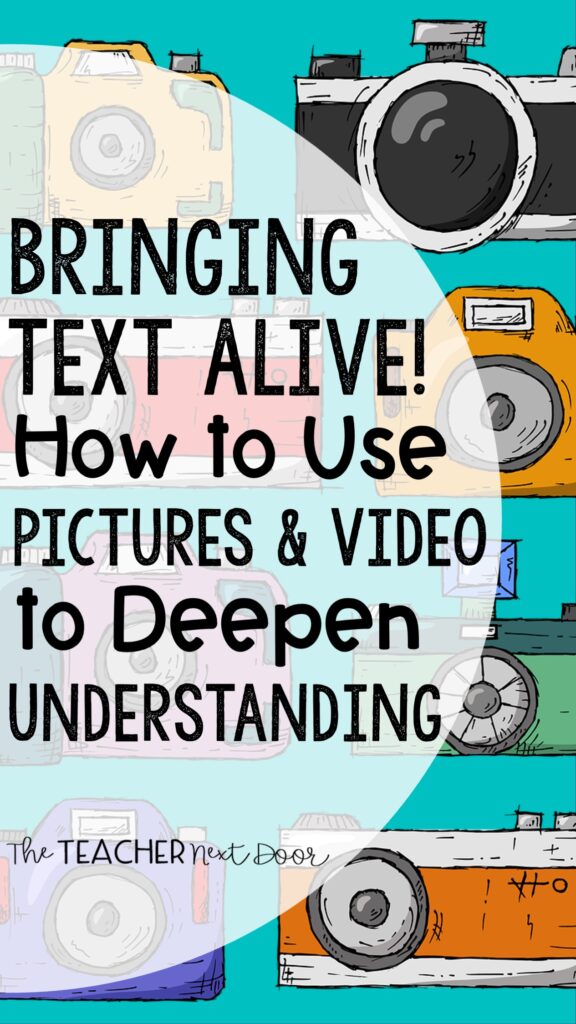
Bringing Text Alive: How to Use Pictures or Videos to Deepen Understanding
A striking image, a funny video, a fascinating picture of a faraway place…what better way is there to get students interested in and thinking about a new topic? Show it to them!
Making connections between a text and an accompanying visual is one of the most engaging reading skills we work on in upper elementary.
There are a lot of opportunities to use pictures and/or videos with nonfiction text. For example, you can show kids what a certain animal looks like or see an object from history.
Don’t forget, though, that visuals can also be super powerful to use with fictional texts too! Kids (and humans in general) are drawn to things that LOOK interesting.
Book vs. Movie
My very favorite way to get kids to analyze the relationship between a text and a visual representation is by reading a novel, watching the movie version of the same book, and then comparing the two.
(It’s even better if you can line it up so that the movie watching portion falls on a holiday of some kind (Valentine’s Day, anyone?) …it’s a totally educational activity, but the kids still feel like they are getting a treat!)
There are so many great novels to do this with, no matter what grade you teach, Charlie and the Chocolate Factory, Wonder, Matilda, Harry Potter. If you are short on time, you could even do this with a picture book, like Where the Wild Things Are.
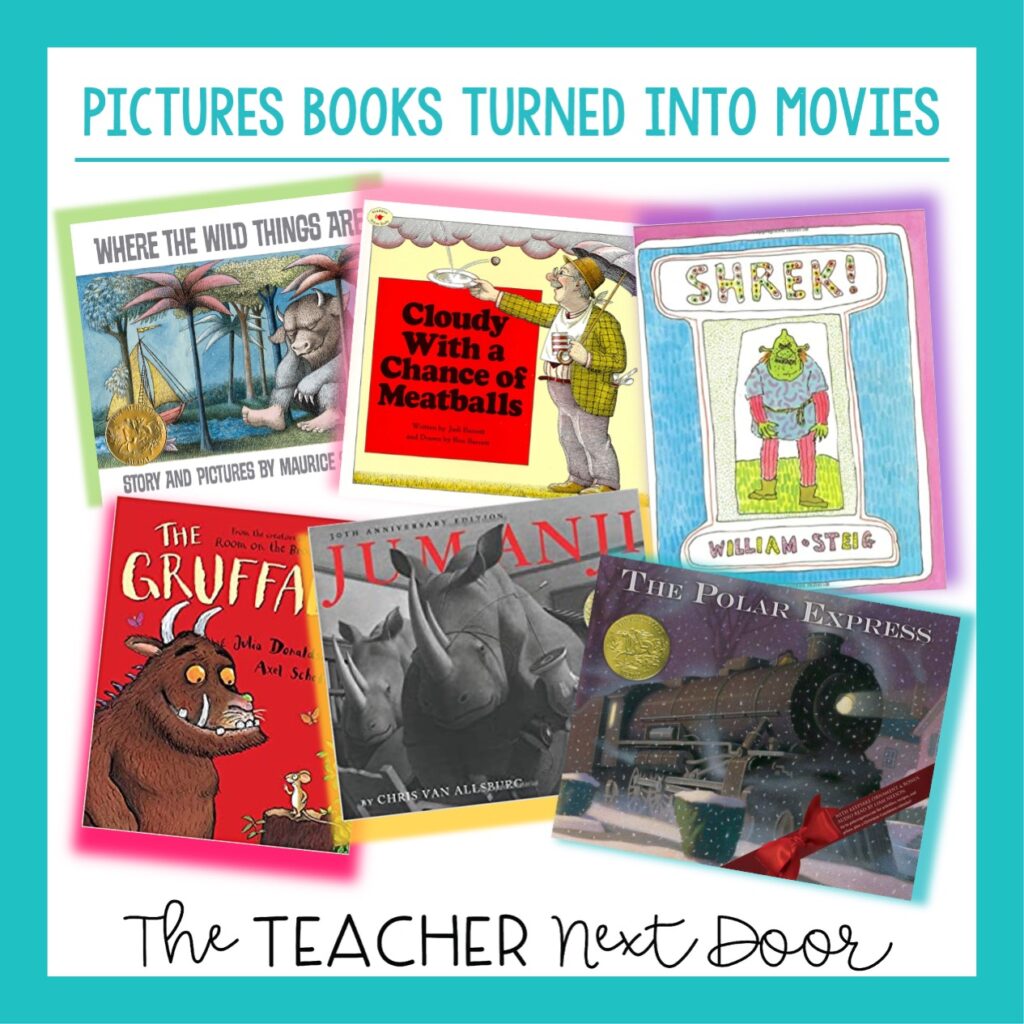
Finding the differences between the book and screen version is so much fun and a really engaging activity. (Kids are usually OUTRAGED by the big differences, which is super entertaining!)
Use Pictures to Explain
Another great way to use pictures or videos is to show kids something they have never seen before. For example, it’s one thing to read about a cart being pulled by two oxen in Myanmar (check out this Characters, Setting and Events Digital Reading Unit freebie if you want to read this folktale), but a lot of students can’t imagine what this would look like because they have no point of reference.
Show them this quick YouTube video, though, and it will instantly make sense!
It totally warms my teacher heart when kids visualize by creating pictures (or videos) in their heads as they read since it can really improve their understanding.
At the same time, if it’s a topic that they don’t know a lot about, those pictures can sometimes be a little wonky. In this case, providing a visual helps kids get a clear understanding of the topic.
A Powerful Standard?
This is not necessarily a “power standard” and doesn’t always get the most attention. In my opinion, though, it definitely IS worth spending some time on. (Mostly because it is a valuable skill for students to have. But, also, because it seems like there is at least one question like this on every standardized reading test.)
Students are asked to:
- read a passage
- then watch a video or view a picture
- answer questions about the relationships between the two
Additionally, with all of the media available these days, kids need to make connections between what the text says and what is presented in different visual formats.
Need Some Practice?
Hopefully, you are feeling fired up and excited about working on these skills with your students by now! So, your next question might be where to start?
Check out this Text, Visual, Oral Presentations 4th Grade Fiction resource. It’s perfect for practicing this skill! It includes two high interest passages with TONS of awesome pictures to go along with them.
Students will be able to practice identifying how the images reflect what the text says. They might learn something new, at the same time!
Interested in reading more? Check out these related blogs!
Stories, Poetry, & Drama: Fun, Effective Ways to Review Throughout the Year
Text & Illustrations: Why Pictures Really Are Worth A Thousand Words
Character Traits & Story Events: How to Help Students Discover a Meaningful Connection
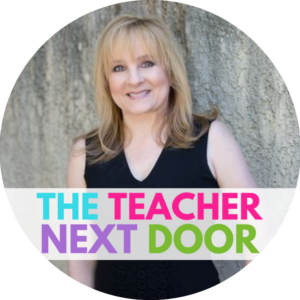
Standards Alignment – CCSS – RL.4.7 – Make connections between the text of a story or drama and a visual or oral presentation of the text, identifying where each version reflects specific descriptions and directions in the text.
